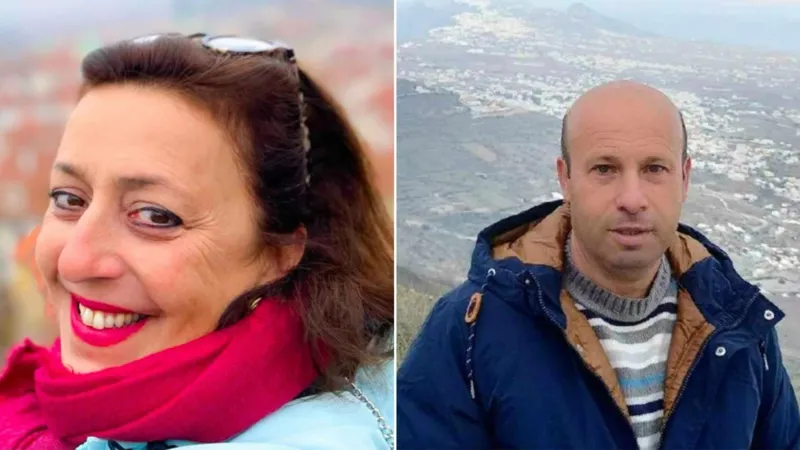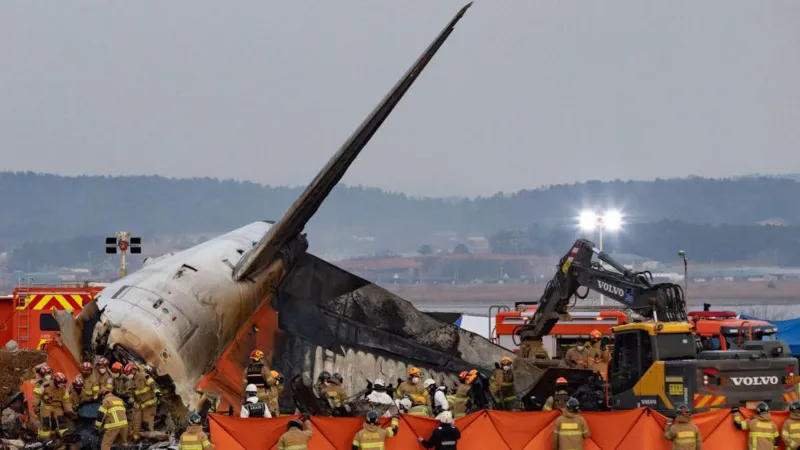On a calm summer day on Santorini in July 1956, the ground turned against its people.
“I remember our dog and bird acting strangely. Then, the earthquake struck,” 83-year-old Eirini Mindrinou recalls, her voice steady but distant, as if trying to grasp a memory that never truly faded. “The house split open before closing again. Through the crack in the roof, I could see the sky.”
The 7.8-magnitude earthquake, which struck between Santorini and the nearby island of Amorgos, destroyed much of the island, and a powerful aftershock 12 minutes later finished what little remained. Fifty-three people died. The island, then just a quiet fishing village, was scarred and its people fled.
It is much different today, rebuilt into one of Greece’s most coveted tourists destinations – but this week, another mass exodus unfolded. Subtle tremors that had begun in June 2024 turned into full-fledged earthquakes, some exceeding 4.0 on the Richter scale, shaking homes and unsettling the island’s residents. Families rushing to leave by air and sea, desperately seeking respite as the ground shook once again.
But not everyone is fleeing. Those that remain display the mix of courage, necessity, and a deep connection to the land that has come to define the locals of this island. They endure sleepless nights, haunted by memories of the past and the terrifying unknown of what’s yet to come.




